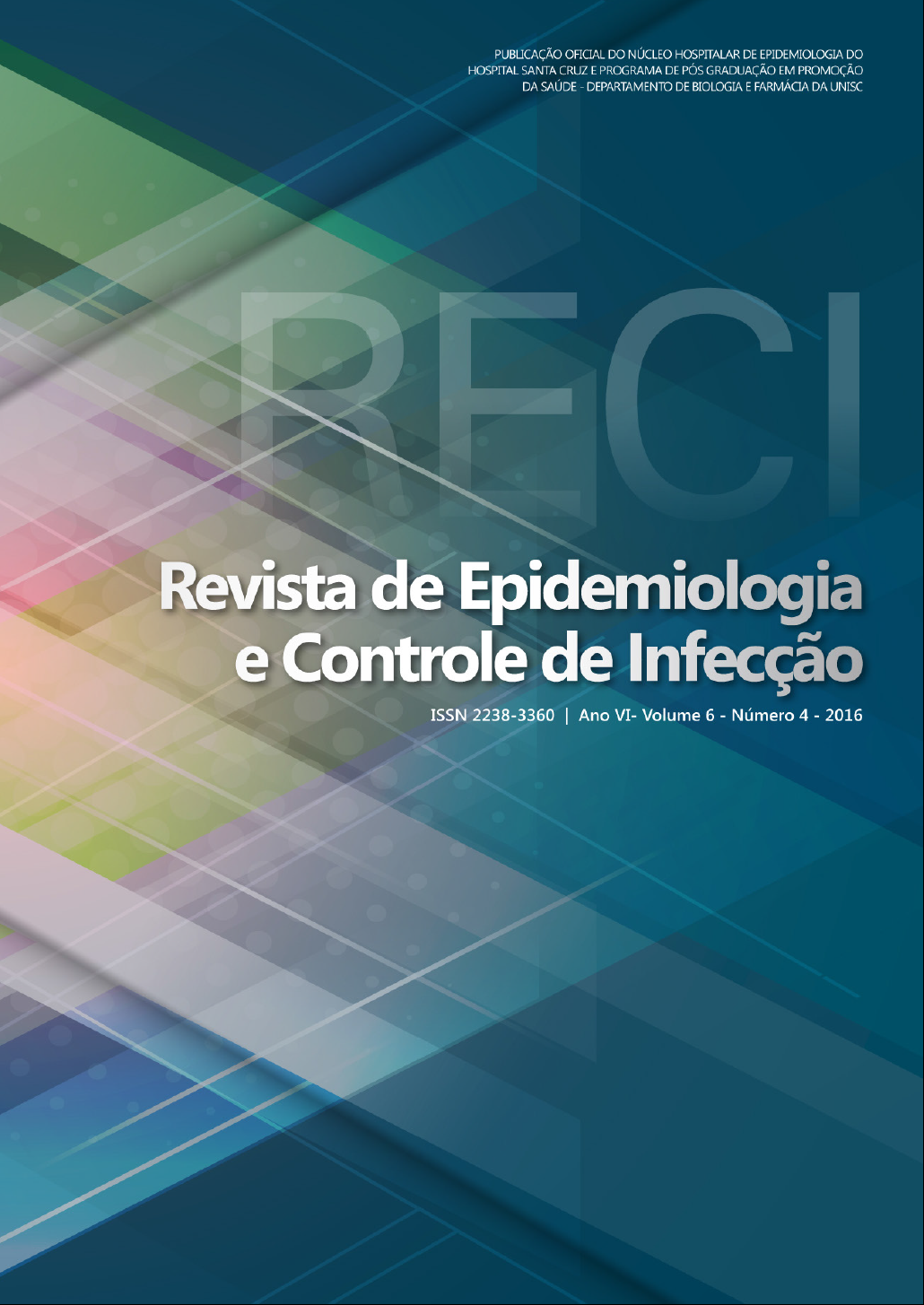Assessment of Ibicella lutea for antibacterial agent front Staphylococcus aureus
DOI:
https://doi.org/10.17058/reci.v6i4.8200Abstract
Justificative and Objectives: the study aimed the assessment of the antibacterial activity of crude extracts and fractions of Ibicella lutea, front Staphylococcus aureus, thecombination of these compounds and cytotoxic activity. Methods: was used for antibacterial activity the Microdilution Test Broth, and performed the Checkerboard Test. The extracts showed antibacterial activity were submitted to the citotoxicity test, with macrophages cell and determination of the Selectivity Index (SI). Results: The acetate etila fraction (AcOE) was better antimicrobial activity (6.25 µg/mL) compared with the others extracts and fractions used, however none of the compounds showed bactericidal activity in concentrations employed. In present study, we can be observed an additive activity between AcOE and methanolic (MeOH) fractions, and indifferent interaction between crude extracts. According to citotoxicity test, the extract which led to a higher survival rate of macrophage cells was the fraction AcOE (IC50%=30.35 µg/mL). However, when the calculated SI no satisfactory results (SI < 10) to any of the extracts was observed. Conclusions: in the present study we can observe an antimicrobial activity of the fractions AcOE and MeOH to S. aureus, as well as an additive this potential when the fractions are combined, providing support from isolation and characterization of yours active components. Despite the extracts did not showed a satisfactory SI, new toxicity studies should be performed to establish the potential use of safety with the products derived from I. lutea, such as drugs for topical and biocide products.Downloads
Downloads
Published
How to Cite
Issue
Section
License
The author must state that the paper is original (has not been published previously), not infringing any copyright or other ownership right involving third parties. Once the paper is submitted, the Journal reserves the right to make normative changes, such as spelling and grammar, in order to maintain the language standard, but respecting the author’s style. The published papers become ownership of RECI, considering that all the opinions expressed by the authors are their responsibility. Because we are an open access journal, we allow free use of articles in educational and scientific applications provided the source is cited under the Creative Commons CC-BY license.


